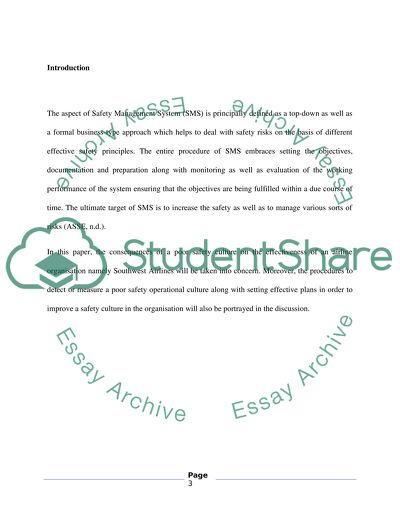Cite this document
(“Safety Management System in the Airline Essay Example | Topics and Well Written Essays - 1500 words”, n.d.)
Safety Management System in the Airline Essay Example | Topics and Well Written Essays - 1500 words. Retrieved from https://studentshare.org/marketing/1454138-safety-management-system-in-the-airline
Safety Management System in the Airline Essay Example | Topics and Well Written Essays - 1500 words. Retrieved from https://studentshare.org/marketing/1454138-safety-management-system-in-the-airline
(Safety Management System in the Airline Essay Example | Topics and Well Written Essays - 1500 Words)
Safety Management System in the Airline Essay Example | Topics and Well Written Essays - 1500 Words. https://studentshare.org/marketing/1454138-safety-management-system-in-the-airline.
Safety Management System in the Airline Essay Example | Topics and Well Written Essays - 1500 Words. https://studentshare.org/marketing/1454138-safety-management-system-in-the-airline.
“Safety Management System in the Airline Essay Example | Topics and Well Written Essays - 1500 Words”, n.d. https://studentshare.org/marketing/1454138-safety-management-system-in-the-airline.


